 Pepón Osorio, Badge of Honor, 1995,
mixed media. Installation view, Ronald Feldman Fine Arts, New York,
1996. Photo: Dennis Cowley. All Osorio photos courtesy of the artist and
Ronald Feldman Fine Arts.
Pepón Osorio, Badge of Honor, 1995,
mixed media. Installation view, Ronald Feldman Fine Arts, New York,
1996. Photo: Dennis Cowley. All Osorio photos courtesy of the artist and
Ronald Feldman Fine Arts.
Most urban dwellers live within their own
limit politics
— a linked network of socially and economically circumscribed spaces.
The first time I met Pepón Osorio he took me on a walking tour through
Manhattan’s Lower East Side, pointing out the quaint
casitas
nestled in the vacant lots between multi-story apartment buildings. Many
who encounter these modest wooden structures are unaware of their
connection to the 1960s social movements in Puerto Rico that gained land
rights for the rural dispossessed.
Los rescatadores de terrenos
(rescuers of the land) built small dwellings on unoccupied land,
eventually gaining ownership through squatter’s rights. As a parallel
rescue and reclamation project, such impromptu, vernacular structures in
the city reveal a community effort to create a sense of belonging and
ownership in an otherwise inhospitable terrain.
 Ejlat Feuer, Blue Casita, Lower East Side, Manhattan, 1997, color photograph. Courtesy the artist.
Ejlat Feuer, Blue Casita, Lower East Side, Manhattan, 1997, color photograph. Courtesy the artist.
Osorio’s careful attention to our lived environments, both public
and private, drew me to his elaborate, surreal yet realist art
installations. The life-size re-creations he constructs of everyday
spaces, vaguely reminiscent of Edward Kienholz’s tableaux, are never
literal reproductions. In their attention to detail, they act as
carefully staged scenes exaggerating the psychological effects of social
spaces. For
En la barbería no se llora (No crying in the
barbershop), 1994, the artist addressed the reproduction of masculinity
and machismo in the context of a faux barbershop complete with ornate,
thematically decorated barber’s chairs, video images of grown men
crying, and free haircuts for visitors off the street.
 Pepón Osorio, En la barbería no se llora
(No crying in the barbershop), 1994, mixed media and barber chair.
Installation view, Ronald Feldman Fine Arts, New York, 1996. Photo:
Dennis Cowley.
Pepón Osorio, En la barbería no se llora
(No crying in the barbershop), 1994, mixed media and barber chair.
Installation view, Ronald Feldman Fine Arts, New York, 1996. Photo:
Dennis Cowley.
Occasionally working collaboratively with members of a local Puerto
Rican or Latino community in the conception and construction of his
projects, Osorio has frequently shown his installations in neighborhood
storefronts before exhibiting them in museums and galleries. This was
the case with
Badge of Honor, 1995, a work inspired by
discussions with young men living in Newark, New Jersey. Distressed to
learn that some saw having a father in prison as a “badge of honor,” the
artist reconstructed an imaginary prison cell and a boy’s bedroom as a
two-part diorama. Exploring the painful effects of incarceration on
family relations, he acted as a go-between for a real young man and his
imprisoned father, projecting their videotaped dialogue so that each
appears to speak to the other from within the confines of his own room.
 Pepón Osorio, Face to Face, 2002,
mixed media installation including video and sound. Installation view,
Ronald Feldman Fine Arts, New York. Photo: Becket Logan.
Pepón Osorio, Face to Face, 2002,
mixed media installation including video and sound. Installation view,
Ronald Feldman Fine Arts, New York. Photo: Becket Logan.
Osorio’s recent installation
Face to Face, 2002,
transported viewers directly into the crowded and traumatic bureaucracy
of a child welfare office. The artist meticulously re-created the
interior with file drawers, cubicles and copy machines. Amplified
details such as family photographs and tourist souvenirs produce a
hybrid bureaucratic, familial and global space within the
micro-architectures of the desktops, revealing a human side to an
otherwise dehumanizing government agency. Installed at Ronald Feldman
Fine Arts in Soho, the work was situated across the street from a Social
Security administration office. Face to face, the buildings are
separated by a social chasm that effectively guarantees that the
population that circulates in one space will not cross over to the
other. The power of Osorio’s work lies in its partial disruption of the
urban guarantee of circulation. As a modern-day
rescatador he offers a new
limit politics in the city.
 Pepón Osorio, Face to Face, 2002,
mixed media installation including video and sound. Installation view,
Ronald Feldman Fine Arts, New York. Photo: Becket Logan.
Pepón Osorio, Face to Face, 2002,
mixed media installation including video and sound. Installation view,
Ronald Feldman Fine Arts, New York. Photo: Becket Logan.


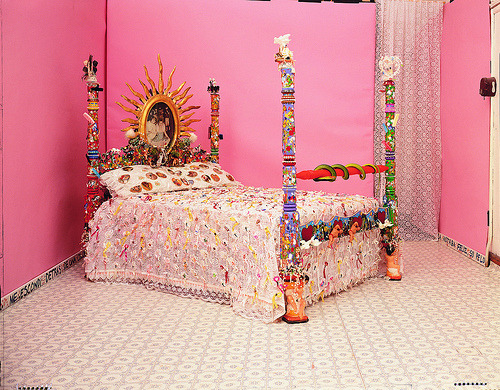

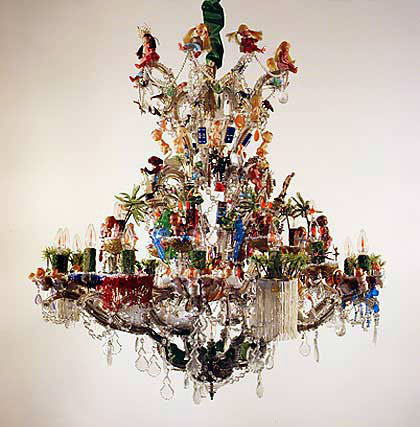






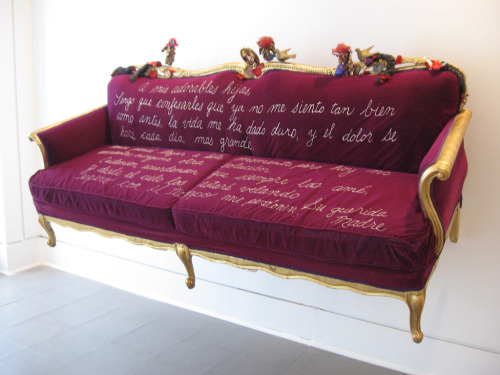
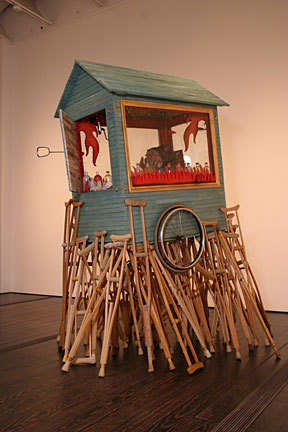






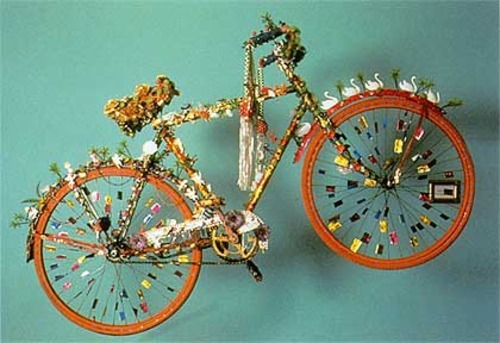


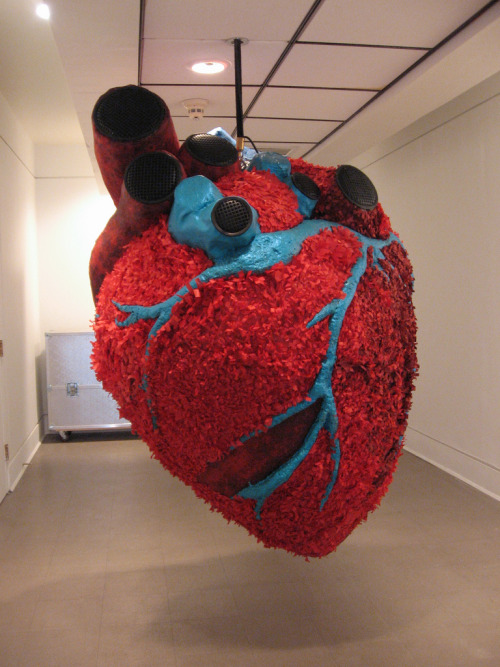
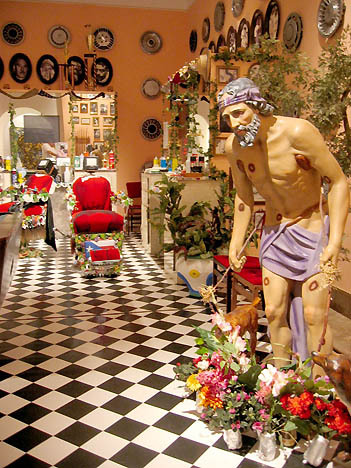











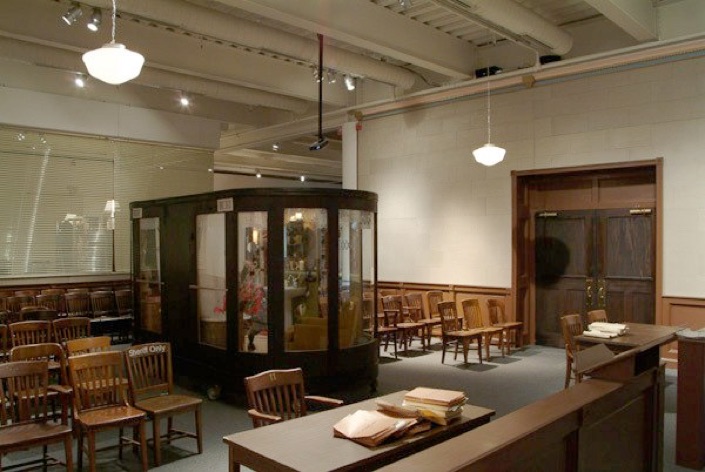
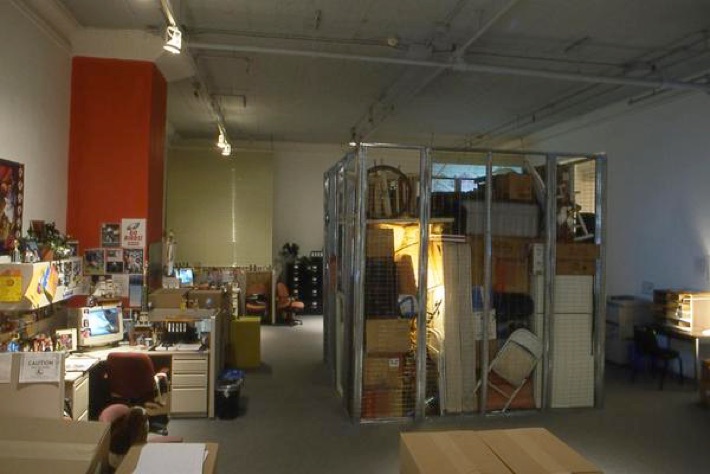
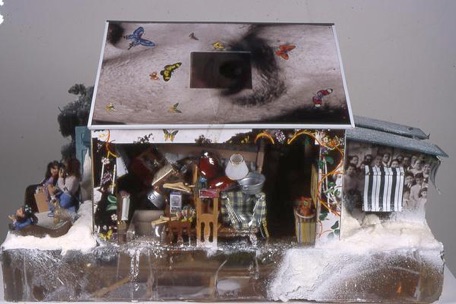
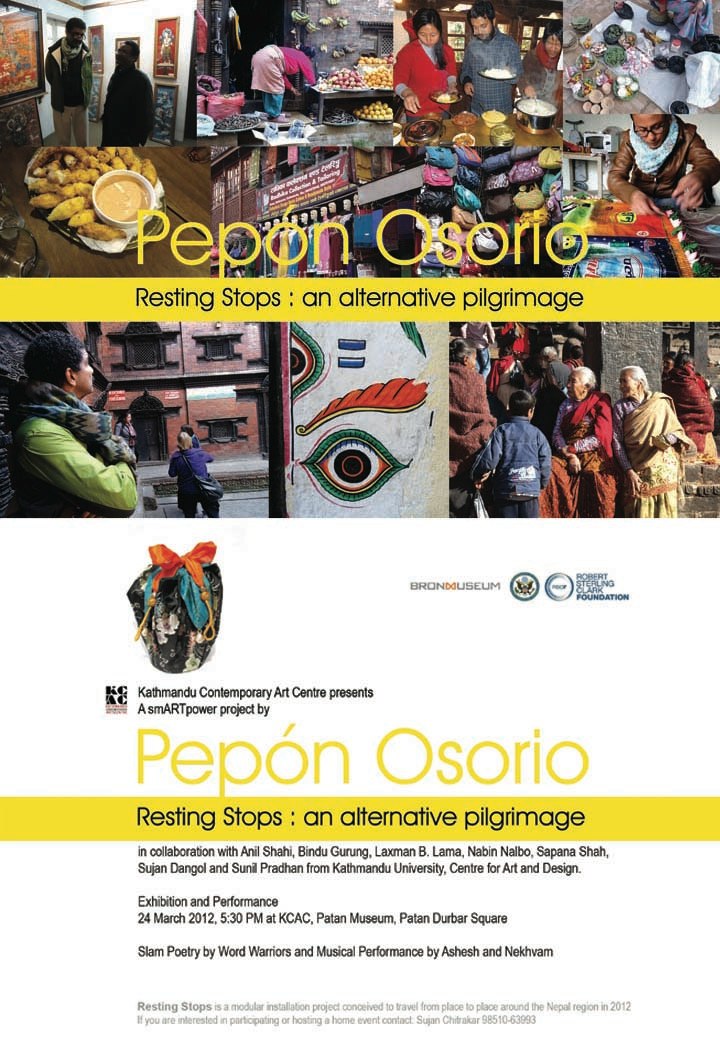
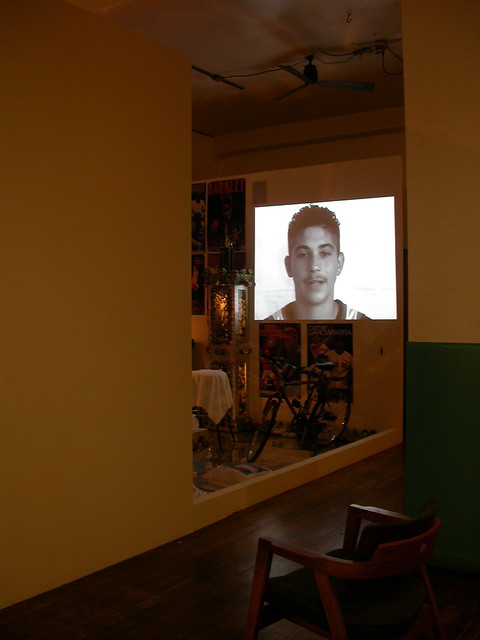
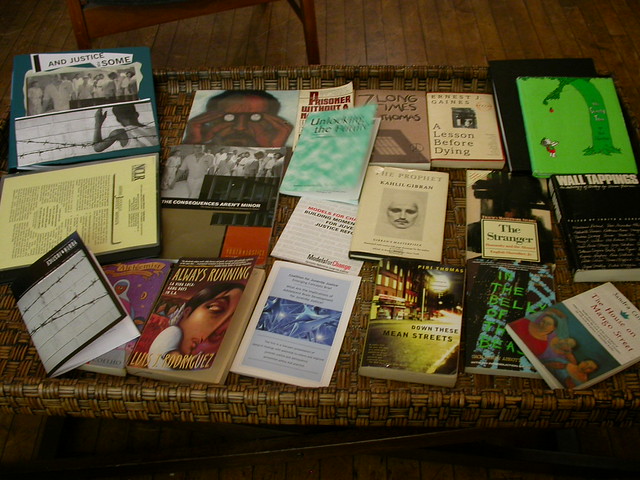

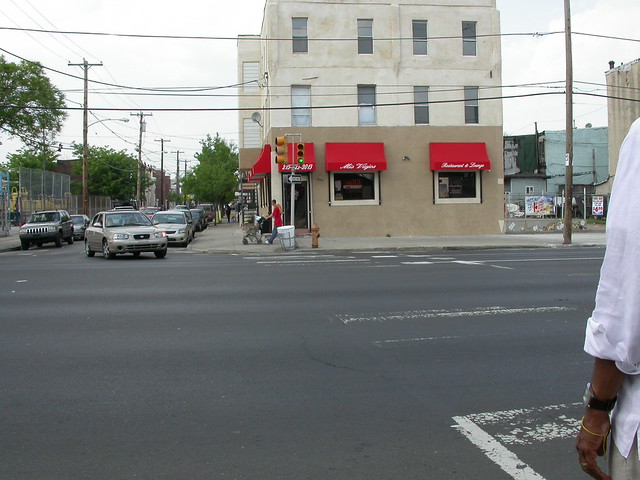
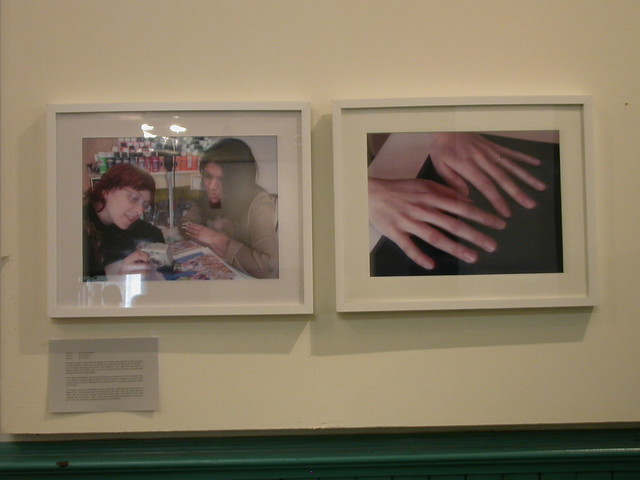
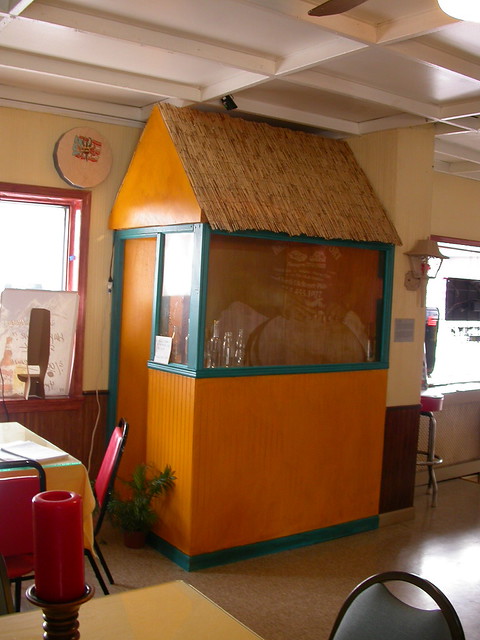




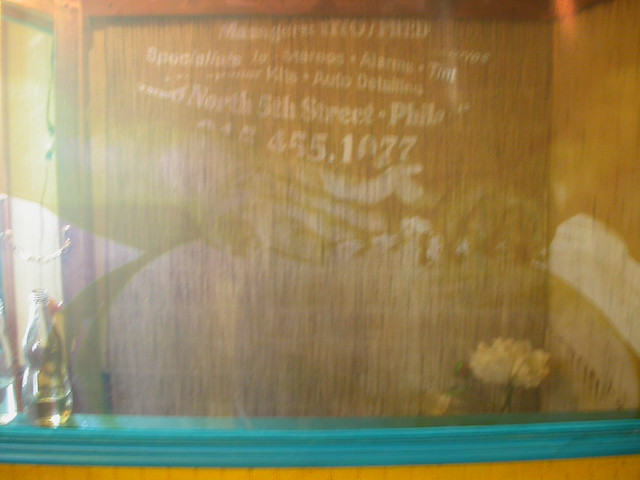
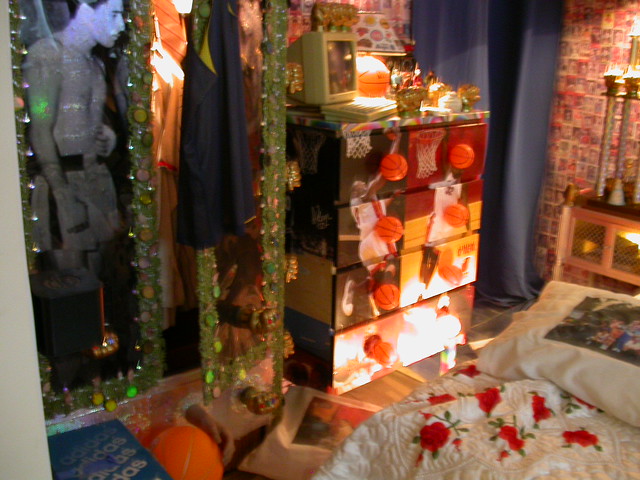

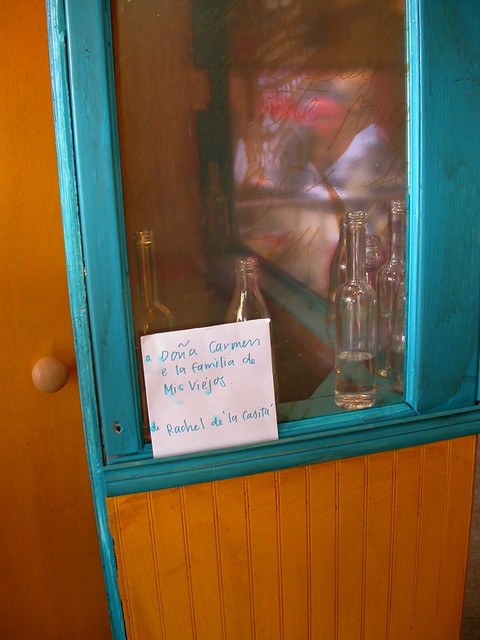

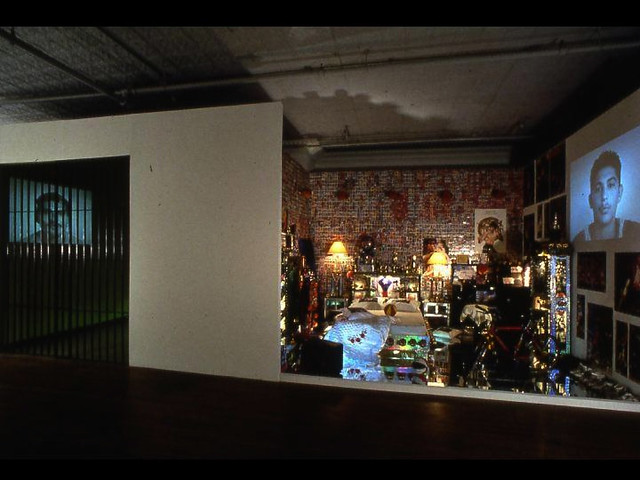





Nema komentara:
Objavi komentar